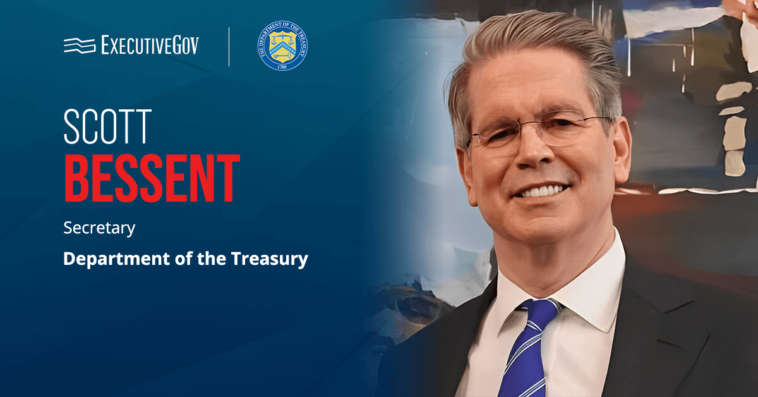Trade negotiations in the United States are progressing positively with several important agreements expected to be announced soon, ahead of a looming July 9 deadline. These statements were confirmed by the Treasury Secretary, Scott Bessent. He also indicated that nations having less business dealings with the U.S might be the ones to experience a hike in tariff rates originally planned for implementation from April 2, but had been postponed till July 9.
The Treasury Secretary also emphasized that American President would be notifying some trade allies about their potential return to the tariff levels of April 2, if they fail to proactively push negotiations forward by August 1. The indication from Bessent was clear – swift deal-making would be anticipated in the foreseeable future.
Since assuming presidency, the U.S administration has spurred a global trade maelstrom causing considerable disruption in financial markets and triggering swift defensive measures from economy regulators worldwide. To counterbalance these effects, efforts have been redirected towards striking favourable trade deals domestically and overseas.
A base increase of 10% in tariff rates was announced by the President on April 2, with additional hikes for specific countries even reaching up to 50%. This news unsettled financial markets globally, leading to the suspension of the implemented tariffs, except the 10% base rate, for 90 days till July 9. This was done to allow negotiation for better terms to take place.
Bessent dismissed the idea of August 1 being another negotiation deadline. He went on to state that it was essentially a time frame and negotiations can be fast-tracked at wish. If there was a preference to revert to previous rates, Bessent quoted it to be the prerogative of the concerned nation.
Chairman of the White House Council of Economic Advisers, Stephen Miran, expressed that to avail lower tax rates, countries need to be open to make certain concessions. In his statements, he mentioned that the negotiations with Europe and India were on a productive track.
Miran also predicted that those nations engaged in making significant trade compromise may find their negotiation timelines extended. Echoing similar sentiments, Bessent maintained that the administration was concentrating primarily on 18 significant trade partners that contribute to 95% of the U.S trade deficit.
However, Bessent refrained from disclosing the names of the countries at the edge of reaching a trade agreement, citing it as an unwelcome chance of them becoming complacent. The President has recurrently cited India as a probable candidate for closing a trade deal soon while also expressing his hope for a potential trade agreement with the European Union. However, a deal with Japan seems uncertain.
In a desperate move to evade a 36% tariff, Thailand is showcasing a willingness to provide a wider market for U.S farm products and industrial goods, along with an increased buying of U.S energy and Boeing aircraft as suggested by their finance minister, Pichai Chunhavajira.
A decisive step towards a small scale trade treaty between India and the United States is expected within the next day or two. The discussed agreement suggests that average tariffs on Indian goods exported to the U.S will remain capped at 10%.
Detailed frameworks of the trade agreements already accomplished with Britain and Vietnam could potentially serve as a model for other countries seeking to forge trade agreements with Washington. The pressure from Trump was quoted as a catalyst for many nations to consider shifting their production to the United States.
Expressing his satisfaction over the Vietnam trade deal, Miran termed it as ‘fantastic’. According to him, the agreement is noticeably advantageous for the U.S, granting hefty tariffs on Vietnamese exports whereas opening their markets accepting no tariffs on U.S exports.
Subsequent to Miran’s statement, the President mentioned that nations unwilling to make trade concessions might face tariff rates soaring as high as 70%, However, the specifics were left undisclosed. When inquired about the sudden hike of up to 70% tariffs, Bessent referred back to the April 2 document, which didn’t envision tariff surges of such a magnitude.

